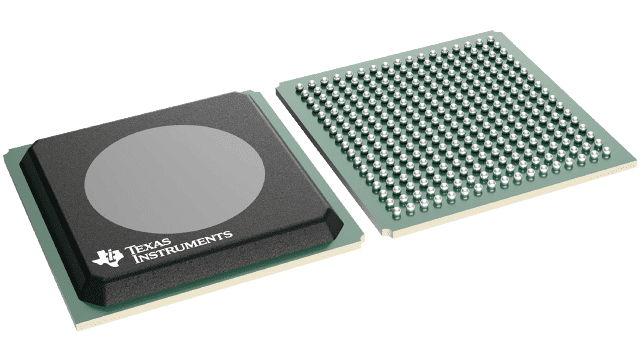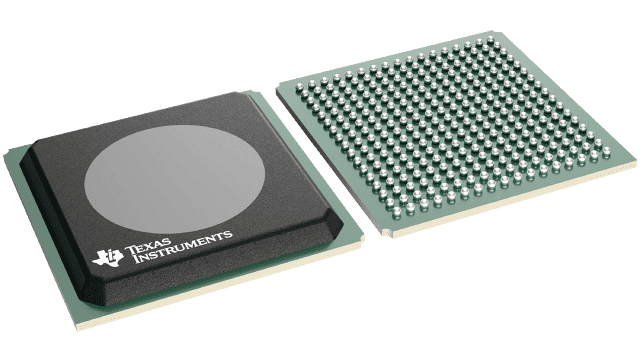Texas Instruments
TLK3134ZEL
TLK3134ZEL
Couldn't load pickup availability
TLK3134ZEL Texas Instruments - Yeehing Electronics
4-channel 600-Mbps to 3.75-Gbps multi-rate transceiver
Pricing (USD)
| Quantity | Unit Price |
| 1 — 99 | 33.929 |
| 100 — 249 | 30.159 |
| 250 — 999 | 24.793 |
| 1,000 + | 15.52 |
The above prices are for reference only.
Specifications
| Manufacturer | Texas Instruments |
| Product Category | Ethernet ICs |
| RoHS | Y |
| Series | TLK3134 |
| Product | Ethernet Transceivers |
| Number of Transceivers | 4 Transceiver |
| Data Rate | 0.6 Gb/s |
| Operating Supply Voltage | 1.2 V, 1.5 V, 1.8 V, 2.5 V |
| Minimum Operating Temperature | - 40 C |
| Maximum Operating Temperature | + 85 C |
| Mounting Style | SMD/SMT |
| Package / Case | BGA-289 |
| Packaging | Tray |
| Height | 1.78 mm |
| Length | 19 mm |
| Width | 19 mm |
| Brand | Texas Instruments |
| Supply Current - Max | 25 mA, 30 mA, 100 mA, 290 mA, 440 mA, 640 mA |
| Development Kit | TLK3134EVM |
| Moisture Sensitive | Yes |
| Product Type | Ethernet ICs |
| Factory Pack Quantity | 84 |
| Subcategory | Communication & Networking ICs |
| Supply Voltage - Max | 1.26 V, 1.9 V, 2.63 V |
| Supply Voltage - Min | 1.14 V, 1.4 V, 2.37 V |
| Unit Weight | 0.048396 oz |
For more information, please refer to datasheet
Documents
| TLK3134ZEL Datasheet |
More Information
The TLK3134 is a flexible four-channel independently configurable serial transceiver. It can be configured to be compliant with the 10Gbps Ethernet XAUI specification. It can also be configured to be compliant with the 1000Base-X 1Gbps Ethernet Specification (Auto-Negotiation not supported). The TLK3134 provides high-speed bidirectional point-to-point data transmissions with up to 30 Gbps of raw data transmission capacity. The primary application of this device is in backplanes and front panel connections requiring 10Gbps connections over controlled impedance media of approximately 50. The transmission media can be printed circuit board (PCB) traces, copper cables or fiber-optical media. The ultimate rate and distance of data transfer is dependent upon the attenuation characteristics of the media and the noise coupling into the lines.

